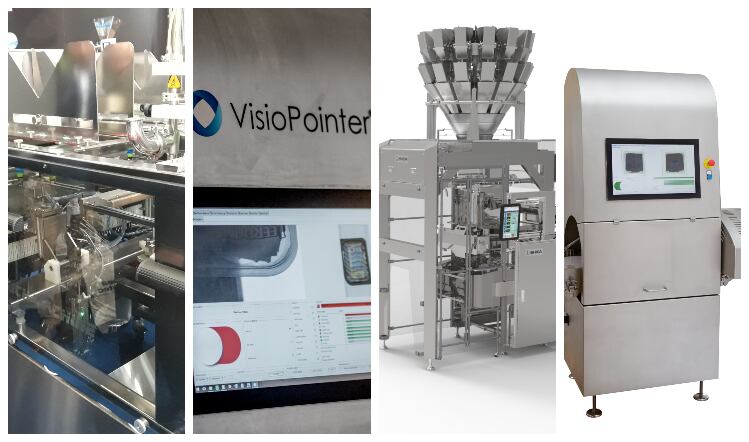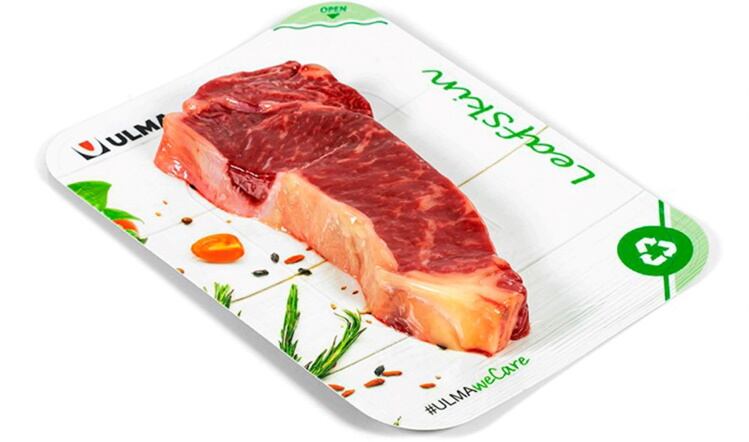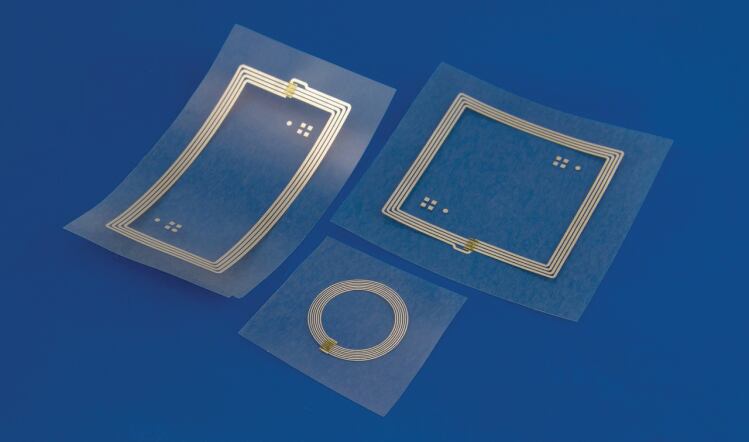From the latest machinery launches by Ishida to developments in polymer labels, we look at some of the highlights at this year’s PPMA Total Show in this photo gallery.
Meanwhile, you can read our preview for the show here, and find out about all the latest developments in food processing and packaging.
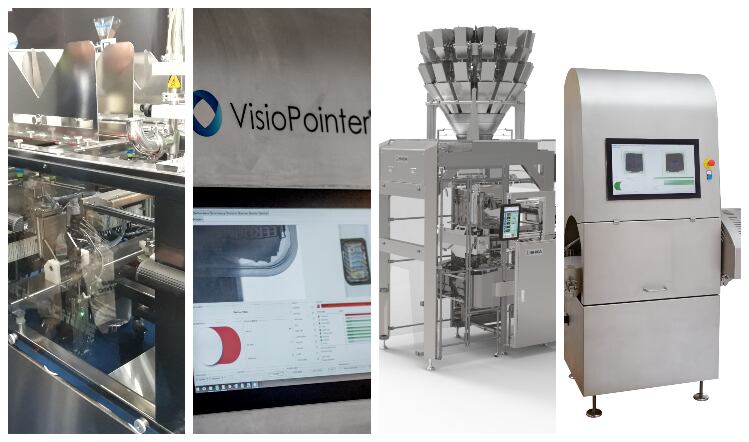
From the latest machinery launches by Ishida to developments in polymer labels, we look at some of the highlights at this year’s PPMA Total Show in this photo gallery.
Meanwhile, you can read our preview for the show here, and find out about all the latest developments in food processing and packaging.
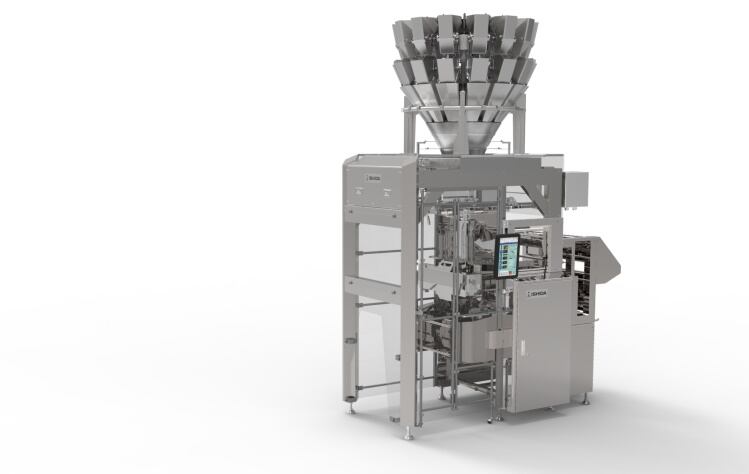
With businesses large and small tending to pack more product variants in shorter runs, Ishida was showing its Inspira bagmaker for the first time in the UK, emphasising its high uptime and productivity, even when frequent product changeovers are occurring.
“Time saved will depend on the pack size,” says Simon Ruffley, business manager for snacks packaging systems. “But, say you’re saving 10 or 15 minutes per changeover, and you have four changes during one shift, that’s an hour you’ve gained.”
For fragile snacks, the air-fill function on the servo-driven Inspira can interface with an Ishida seal-tester, says Ruffley. Air-fill can also automatically adjust to meet the pack-volume requirements at the casepacking stage.
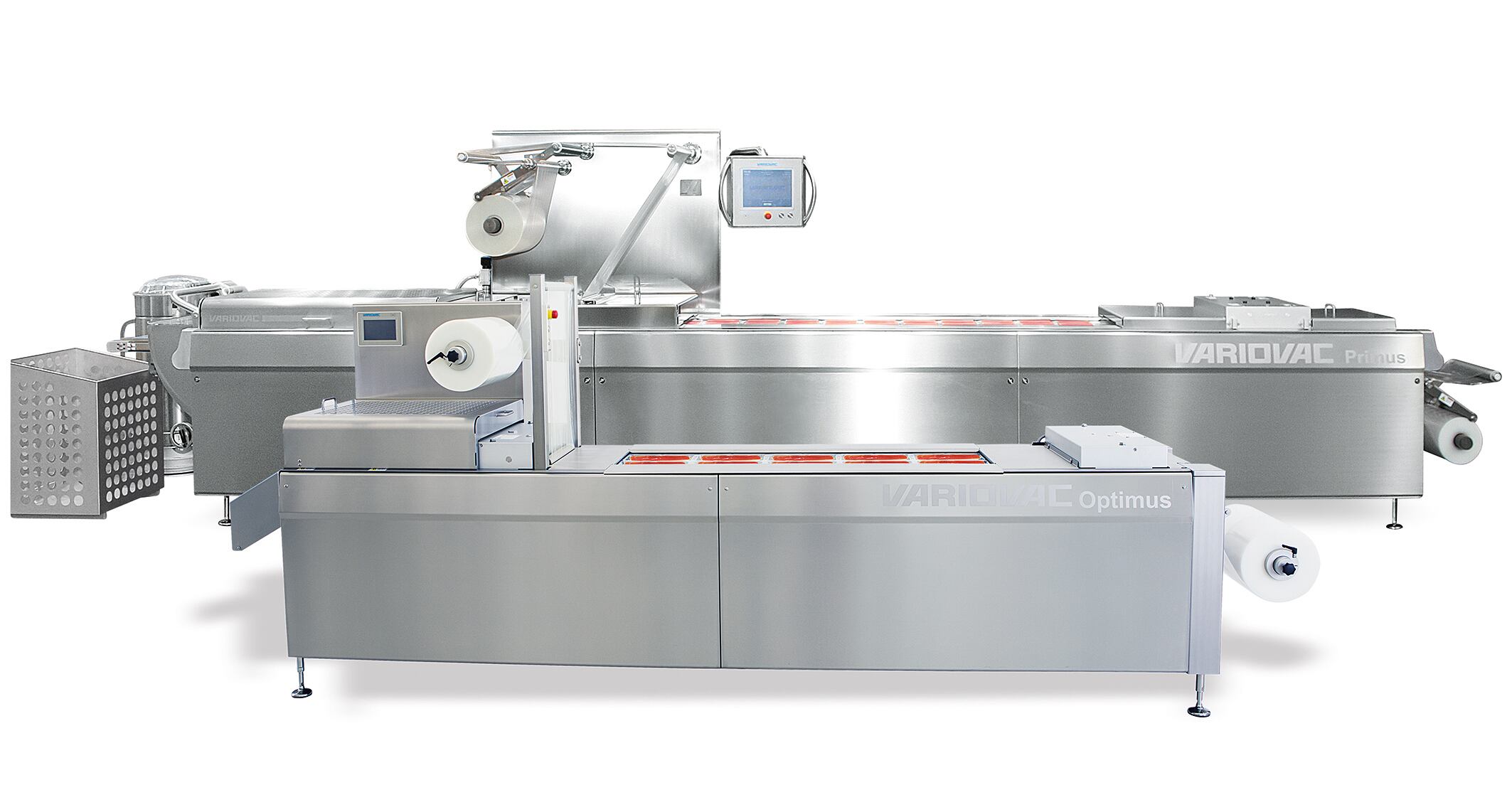
Thermoforming may traditionally be associated with plastics, but paper-based packaging was the central attraction on the Reiser stand, where the Variovac thermoformer was shown running cellulose-coated paperboard.
“We are able to run this at 12 cycles a minute, which is a comparable speed to an amorphous polyethylene terephthalate/polyethylene (APET/PE) laminate base film,” says packaging specialist Mike Carrington. “Customers have all the benefits of a roll-stock machine, without needing to use premade trays.”
The trays are home-compostable, but the board content limits the depth they can be pressed down to. As Reiser explains, with a larger overall tray area, the forming process can go deeper.

Ave UK was eager to demonstrate the benefits of applying reel-fed polymer labels on a linear machine developed by group company Z-Italia.
By moving from self-adhesive paper labels to oriented polypropylene (OPP) on the reel, the Della Toffola group company argues that fillers can reduce their costs by around a third. “This model will run at between 3,000 and 8,000 bottles per hour,” explains sales director Steve Bradley.
“And by choosing linear as opposed to a rotary system, customers can make an equipment saving of around €50,000.” A rotary applicator would also occupy up to a third more floor space, he adds.
The UK’s first Z-Italia labeller has been installed at Blue Keld Spring Water in Yorkshire.
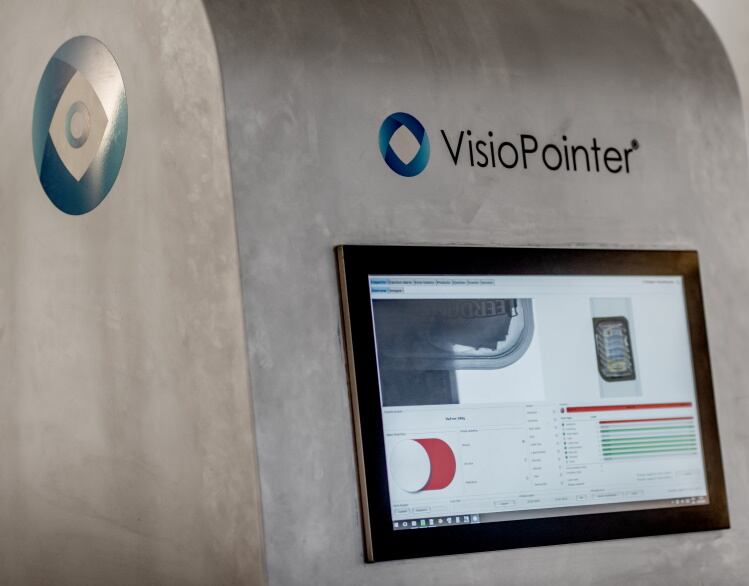
Quality control remains of paramount importance for food manufacturers, and for the first time in the UK, Danish technology company TriVision was showing its VisioPointer vision system for inline checks, including seal quality on modified atmosphere packaging.
“The system operates at line speeds of 800 to 900mm (or two to three products) per second, checking label and contents, capturing barcodes, best-before and other dates,” says MD Jesper Bach. “But the linescan system also checks the seal for weld quality and any product in the seam.” He knows of no other system that offers this, he adds.
In this fourth generation of VisioPointer, both the camera resolution for seal inspection and the lighting have both improved, says Bach.
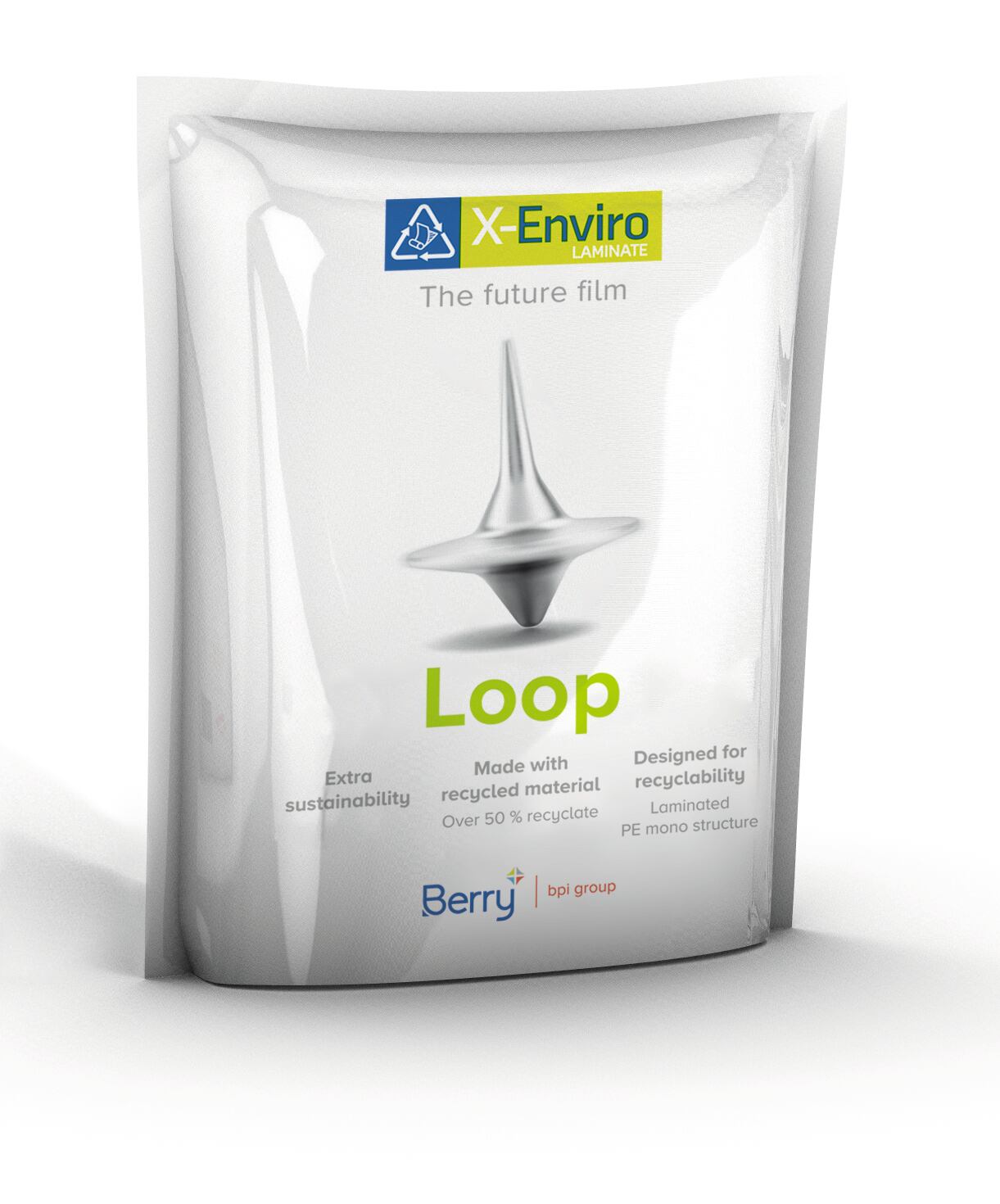
Pressure on the supply chain to replace hard-to-recycle barrier laminates with mono-material alternatives is relentless, and bpi protec was showing its latest X-Enviro film range to help meet this demand.
The Berry Global (formerly RPC) company’s X-EnviroPouch material can be used in pre-made pouches or in form-fill-seal.
“There is none of the polyester that was typically included in this type of laminate,” says business development director Julie Eller. “But it has all the necessary stiffness and machinability.”
Different grades of polyethylene (PE) maintain the temperature differential between the sealing and top layers. “This means it can run more easily on existing packaging machinery, including those with zipper systems,” she says. “Customers are currently running shelf-life tests.”
Other film variants suitable for food are X-EnviroFresh and X-EnviroFrozen.
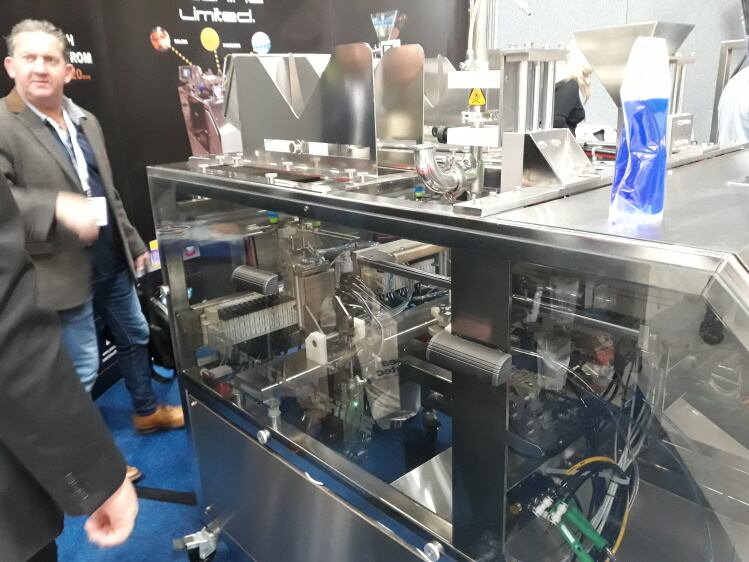
Paper-based alternatives to plastics are available in all sorts of pack types, and Pouch Machine was showing the Canadian-manufactured M7 range of equipment, recently used to seal pre-made coated paper pouches for dry products including confectionery.
Fitting into floorspace of just 2 square metres, the M7 is capable of sealing up to 40 packs a minute, depending on pouch size.
Alongside plastics laminate pouches created on the machine, the company’s stand was showing the Earthpouch, sourced from Sirane, featuring a bio-coating to provide both barrier and a heatseal function. New converts to Sirane’s material include meringue manufacturer Flower & White.
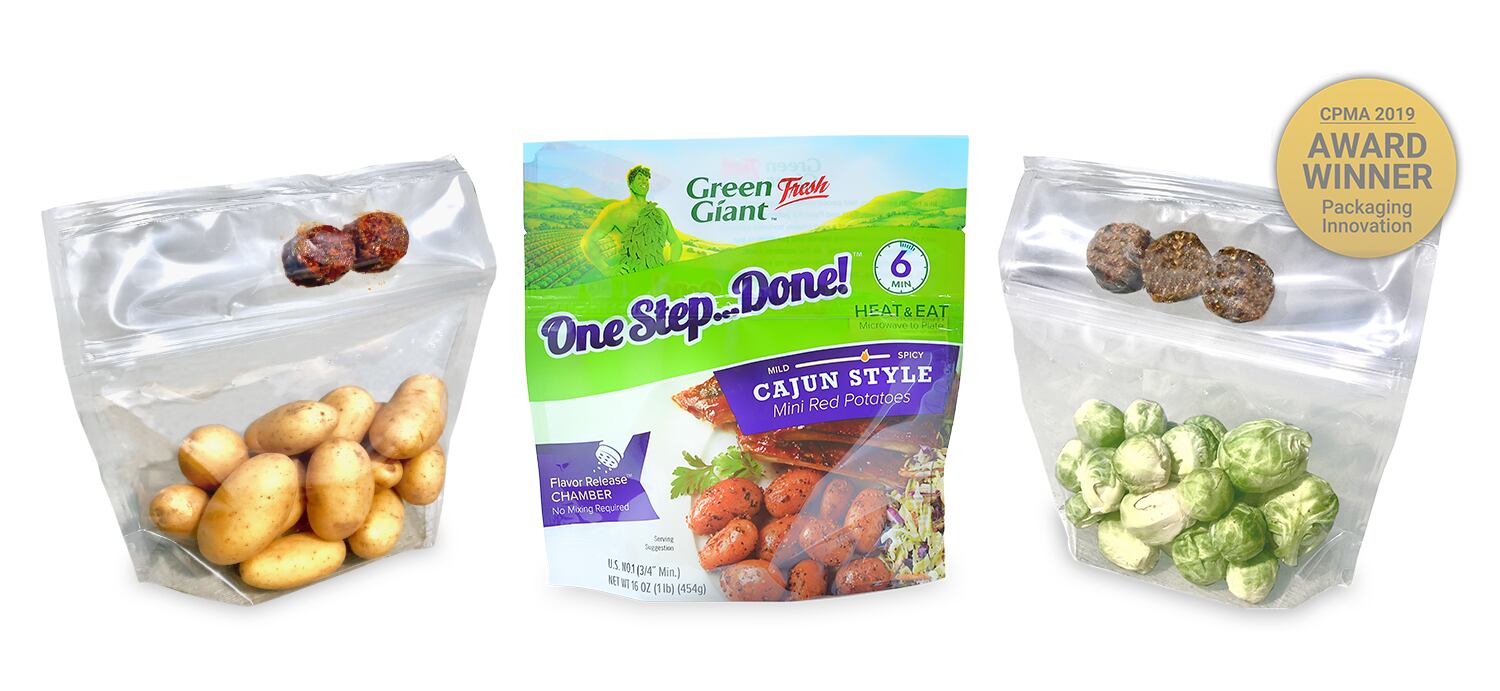
Pride of place on the Schur Star Systems stand went to the Zip-Pop bag, which allows consumers to microwave produce such as potatoes inside the zip-top pouch, while a second chamber opens at the right moment during heating to douse them with melted butter.
The pouch, which has won awards on both sides of the Atlantic, was shown in versions including one for the Green Giant Fresh brand in the US. According to Schur, the bag is “unlike anything else on the market”, avoiding as it does the need for punching holes in the bag, stopping midway in the heating process to stir or any other type of intervention.

